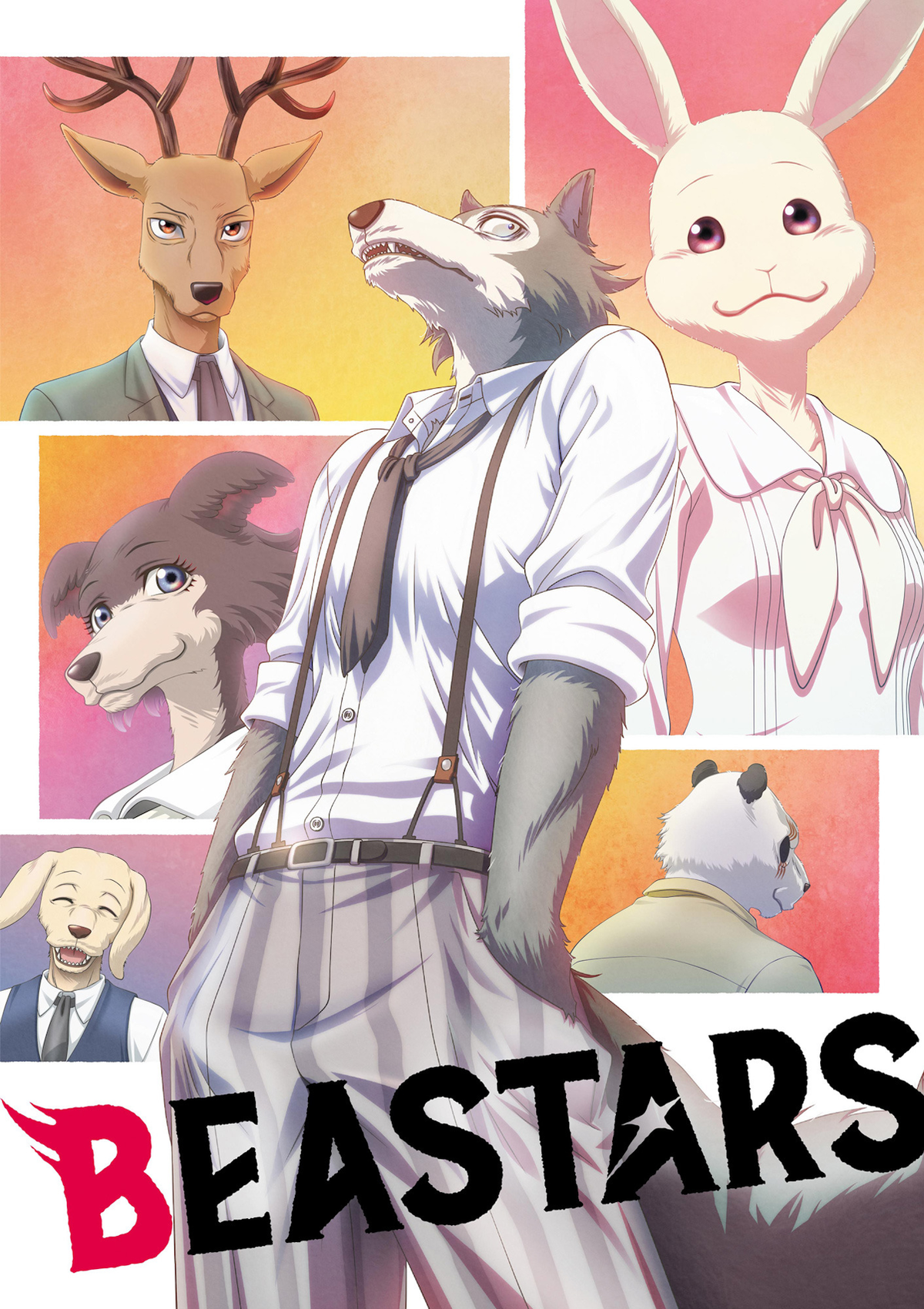
Ajin: Demi-Human: A Deep Dive
An exploration of what makes beastars an essential manga.
Story Summary
beastars is set in a world populated by anthropomorphic animals, divided into herbivores and carnivores. The story revolves around Legoshi, a timid grey wolf attending Cherryton Academy. Despite his gentle nature, Legoshi grapples with his predatory instincts, a conflict that intensifies after a tragic incident: the murder of Tem, an alpaca student. This event throws the academy into turmoil and exacerbates existing tensions between the herbivore and carnivore students.
Legoshi's life becomes even more complicated when he encounters Haru, a dwarf rabbit ostracized for her promiscuity. He finds himself drawn to her, an attraction that confuses and frightens him, given the societal implications of a carnivore-herbivore relationship. As Legoshi investigates Tem's murder and navigates his feelings for Haru, he is forced to confront his own identity and the prejudices deeply ingrained within his society. The narrative explores themes of love, fear, prejudice, and the struggle to overcome one's instincts.
Key Characters
- Legoshi: A grey wolf, the main protagonist. He's introspective and struggles with his carnivorous nature.
- Haru: A dwarf rabbit. She faces discrimination for her perceived promiscuity and forms a complex bond with Legoshi.
- Louis: A red deer. He's charismatic and ambitious, aiming to become the next "Beastar," a title given to an individual who embodies peace and understanding between carnivores and herbivores.
- Tem: An alpaca. His murder sets the stage for the central conflict of the story.
- Gouhin: A panda who acts as a therapist for carnivores struggling with their predatory instincts. He becomes a mentor figure to Legoshi.
Thematic and Narrative Analysis
beastars is a complex and thought-provoking manga that uses its anthropomorphic setting to explore profound themes. The series delves into the inherent prejudices and societal constructs that divide individuals, mirroring real-world issues of race, class, and gender. The dichotomy between herbivores and carnivores serves as a powerful metaphor for these divisions, highlighting the fear and mistrust that can arise from perceived differences.
The manga also explores the internal struggles of its characters, particularly Legoshi's battle against his predatory instincts. His relationship with Haru challenges societal norms and forces him to confront his own biases and desires. beastars is not just a story about animals; it's a story about the human condition, exploring the complexities of identity, desire, and the search for understanding in a world fraught with conflict.
The narrative structure of beastars is compelling. The mystery surrounding Tem's murder provides a driving force for the plot, while the personal journeys of the characters add depth and emotional resonance. Paru Itagaki's unique art style, characterized by its expressive character designs and dynamic panel layouts, further enhances the impact of the story.
Chapter Breakdown (Example)
While a detailed chapter-by-chapter breakdown is extensive, here's an example of how the initial chapters typically progress the narrative:
- Chapters 1-5: Introduction of Legoshi, Haru, Louis, and the initial aftermath of Tem's murder. Establishes the setting and the central conflict.
- Chapters 6-10: Legoshi begins to grapple with his feelings for Haru and starts his own investigation into Tem's death. Louis's ambition and internal struggles are further developed.
- Chapters 11-15: The tensions between carnivores and herbivores escalate. Legoshi seeks guidance from Gouhin. Hints about the true circumstances of Tem's murder begin to emerge.
Later arcs delve into the criminal underworld, Legoshi's family history, and the Beastar competition, each adding layers to the world and characters.
Did you know? The author of beastars, Paru Itagaki, is the daughter of Keisuke Itagaki, the creator of Baki the Grappler. Her anonymity was maintained for several years before she publicly revealed her identity.